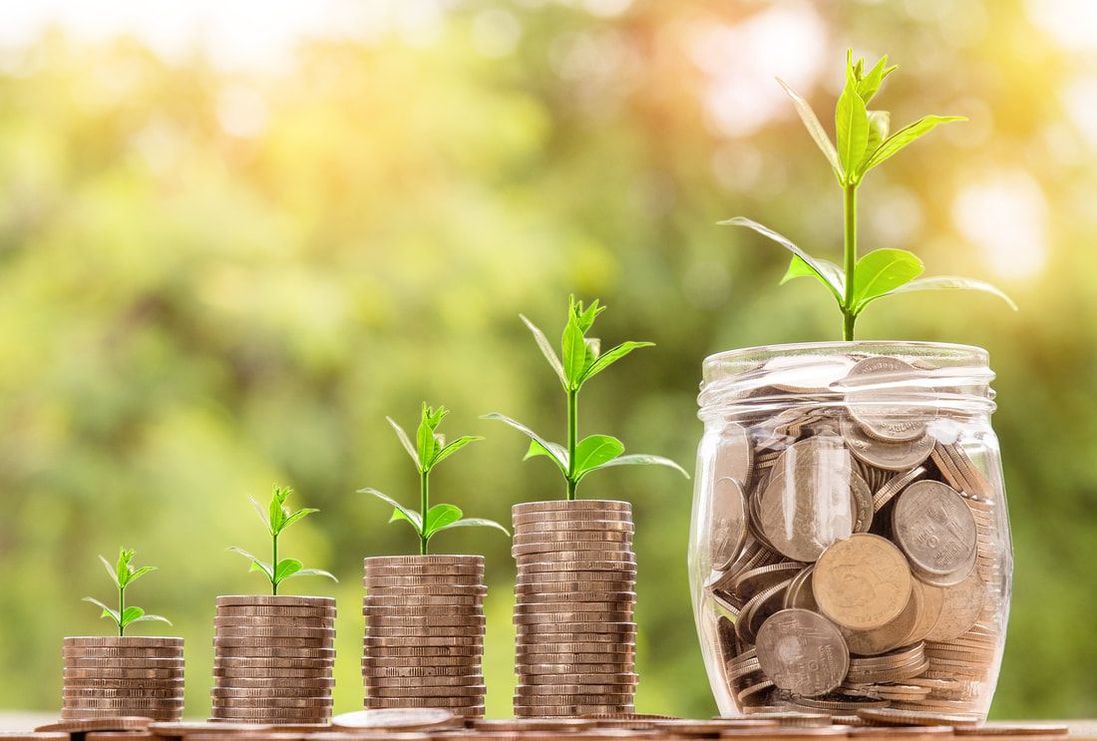The first step that businesses and organizations can take is to start reporting on their impact across the board, on both positive and negative externalities. This reporting does not have to be limited to natural capital reporting but can also encompass societal and economic elements. This reporting will create transparency, and transparency gives opportunity for action. So how to start? Companies, NGOs and governments can inform themselves by examining the Natural Capital Protocol and by using the Natural Capital Toolkit. Together these provide context, methodologies and approaches that business can use to assess and measure their natural capital impact. They also provide support to value the positive externalities and the natural capital services that organizations benefit from, which enables putting negative externalities in perspective. Another route is to start reporting along the GRI Standards developed by the Global Reporting Initiative. GRI Standards enable companies to report on many different material matters and can help with defining where a company has the most impact. GRI Standards do not only go into environmental impact but also include social and economic impact. They are in use around the globe and supported by stock exchanges (including NASDAQ and Oslo Børs), international organizations (UN Global Compact, UN Guiding Principles on Human Rights, OECD Guidelines and others) and referenced by regulators and industry bodies. A third option is to use the Sustainable Development Goals as a basis. Mapping where an organization has an impact, and where it wants to have an impact can be a good way to infuse a sense of urgency and understanding within an organization, from top to bottom. Furthermore, it can bridge to the more detailed GRI Standards reporting or to detailed Natural Capital Accounting. Finally, identifying and putting financial values on the societal, economic and environmental externalities a business generates will put a number on the financial value that business creates for society. This value can be positive, or negative. Either way, it will show where a business can improve its operations and make itself more resilient and effective towards the future. These approaches are not limited to large organizations, they are also applicable to SMEs. The Global Reporting Initiative has even created a toolkit that is specifically applicable to SMEs. Starting to report on impact will be a learning process and might necessitate acquiring or hiring knowledge on the topic. However, the potential benefits of transparent reporting are so large that every company should at least seriously consider mapping its impact and its dependencies on societal, economic and natural capital and on the ecosystem services relevant to the business. Business benefits Overall, these ways of reporting would enable broad risk assessment and risk management. Regulatory risk, climate change risk, dependencies on limited natural resources and the potential for lawsuits stemming from negative externalities (including the social and economic impact that organizations have) would become more visible. Internally, the visibility on risk will help companies to adapt their long-term strategy. It will support changing incentives Unilever style, moving these from short-term, quarterly focused ones to goals that champion long-term resilience. In the words of Paul Polman, Unilever CEO,: "It has allowed us to focus instead on a mature discussion with the market about our long-term strategy." Long-term focus will push for innovation aimed to reduce negative impact and towards the creation of positive externalities. These developments would create corporations that are more resilient in a future where transparency is key and where climate change and its effects will make the opportunity of doing business-as-usual more difficult. This resilience will also reduce the risk of these corporations collapsing and imposing a negative externality on society through lost jobs, wages and tax income. Externally, reporting on natural capital inclusion and other indicators in risk assessment will give long-term investors, banks, and (re)insurers the information necessary to price loans and insurance premiums correctly and to value a corporation more accurately. This transparency can only be good for the market, and will reward those that are early movers. Some corporations have already made the move on the natural capital element, and in a very public way. Puma created its Environmental Profit and Loss (EPL) account back in 2011, showing its impact on natural capital throughout the value chain. Its owner, Kering, followed up in 2013 with an EPL for all its brands. Kering decided to do this because, in their words: "We can no longer see resources as infinite or ignore externalities. We needed a new approach, a way to see the reality behind our supply chains, to understand our environmental impact so that we can reduce it." This is so recent that there is still time to receive that important first mover advantage, and the pay-off could be huge. Preparation for stricter regulation, a higher attractiveness to investors, potentially lower interest rates and insurance premiums, and the attention of consumers towards sustainable companies are all good reasons to take action. Taking action now will have a positive ROI and positive effect on overall company valuation and resilience. Societal benefits Natural Capital Accounting and other reporting methods also bring a plethora of societal benefits, and citizens, governments and regulators should take note of this. As said, end-to-end Natural Capital Accounting shows all positive and negative externalities that a corporation imposes on the environment. Coupled with additional reporting it makes the real benefits a corporation provides to society visible. This transparency would increase ways for consumers to make informed choices about the products they buy. In addition, the negative externalities would now be clearly visible and taxable. This tax-shift would enable a lowering of sales and income taxes across the board. The money currently being spend on subsidies and negative externalities could be invested in society, for example in schooling, innovative research or climate change mitigation. Finally, this transparency towards regulators, consumers, investors and lenders would make companies focus on better stewardship. This would result in lower pollution, reduced negative health impacts and more support for ecosystems, thereby improving biodiversity and overall societal resilience. A Sustainable Future As soon as there is clarity on the relationship between a company and the natural, social and economic capital it affects and depends on, it can move to offsetting its impact. For natural capital this could mean investing in CO2 sequestration, reducing the use and runoff of pollutants, restoring previously impacted ecosystems and informing its suppliers about its expectations on their management practices. On the societal level, it would improve worker's lives, support human rights and increase social cohesion. All this can also be done on a regional or national level by government entities. Eventually, Natural Capital Accounting and other reporting mechanisms would enable sustainable growth and ensure that the most famous sentence of the Brundtland Report can become reality: "[to meet] the needs of the present without compromising the ability of future generations to meet their own needs." Further ReadingIn this series there have been multiple references to articles and books. The following reading list is recommended for those that want to dive deeper into the topic:
And remember to read the previous chapters in the Natural Capital article series: 1. Natural Capital - An Introduction 2. Natural Capital - Human Impact 3. Natural Capital - Ecosystem Services
1 Comment
vanessa
20/8/2019 13:34:41
Reply
Leave a Reply. |
WANT TO PUBLISH AN ARTICLE HERE?
Have a read at our Publishing Guidelines: NEWSLETTER
Subscribe to our newsletter to get the sustainability articles sent to you every month. EDITOR
Lauren Guido |
|
Follow Us
Contact Us
|
Want to learn more? |


